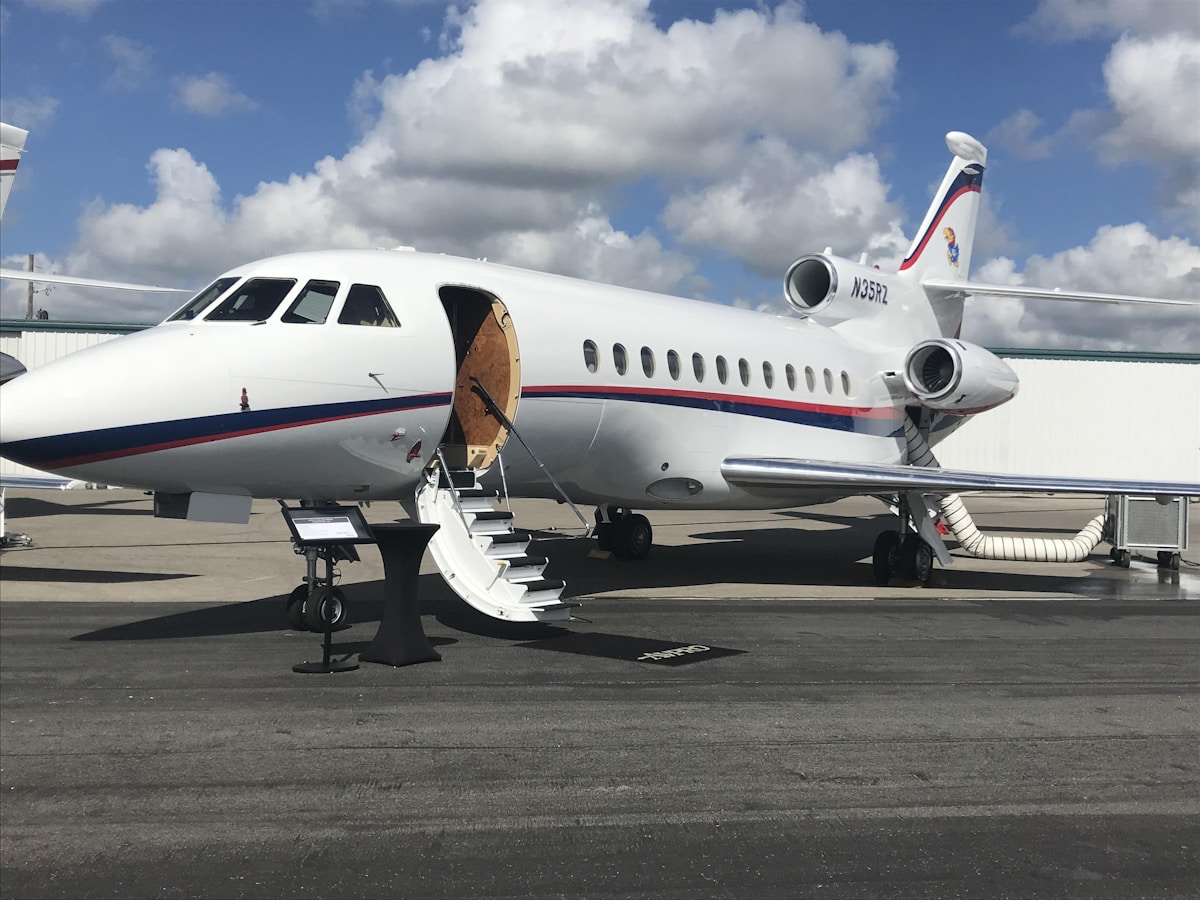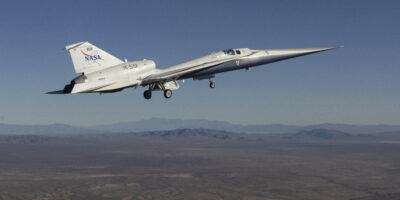Aerospace Digital Transformation
Aerospace Digital Transformation
Digital transformation in the aerospace industry is reshaping how companies design, manufacture, operate, and maintain aircraft. Technology advancements drive efficiency, safety, and innovation. Key areas include data analytics, IoT, AI, and collaborative tools.

Data Analytics
Data analytics plays a critical role in aerospace. Engineers analyze large datasets to improve design processes. In-flight data helps optimize operations and predict maintenance needs. Airlines use passenger data for tailored experiences.
Boeing and Airbus are leveraging analytics to enhance fuel efficiency and reduce carbon footprints. Predictive maintenance systems leverage real-time data to minimize downtime. Analytics also aids supply chain management, optimizing inventory and ensuring timely delivery of parts.
Internet of Things (IoT)
IoT connects various systems and components, generating valuable data. Sensors monitor engine performance, structural integrity, and environmental conditions. This real-time information improves decision-making and enhances safety.
Onboard IoT systems alert pilots to anomalies, enabling proactive actions. Ground teams receive real-time health status of aircraft, facilitating efficient maintenance scheduling. IoT solutions also streamline baggage handling and passenger boarding processes.
Artificial Intelligence (AI)
AI is transforming aerospace by automating complex tasks. AI algorithms analyze flight data to optimize routes and reduce fuel consumption. Machine learning models predict potential component failures, ensuring timely replacements.
Autonomous systems assist pilots during critical phases of flight. AI-powered virtual assistants enhance passenger experience by providing personalized services. AI tools also support air traffic control, improving efficiency and safety in crowded skies.
Collaborative Tools
Collaboration is key in aerospace projects, involving multiple stakeholders. Digital tools facilitate seamless communication and data sharing. Cloud-based platforms enable engineers to work on designs simultaneously from different locations.
Virtual reality (VR) and augmented reality (AR) are increasingly used for training and simulations. Technicians use AR glasses to access maintenance manuals hands-free, speeding up repair processes. Collaborative software ensures everyone stays aligned, reducing errors and accelerating project timelines.
Advanced Manufacturing Technologies
3D printing is revolutionizing aerospace manufacturing. Complex parts are produced with precision, reducing waste and cost. Companies print lightweight components, enhancing aircraft performance and fuel efficiency.
Automation streamlines production lines, improving consistency and speed. Robots perform repetitive tasks, allowing skilled workers to focus on critical activities. Advanced manufacturing technologies lead to faster turnaround times and higher product quality.
Cybersecurity
With increased digitalization, cybersecurity becomes paramount. Protecting sensitive data and systems from cyber threats is critical. Aerospace companies implement robust security protocols to safeguard operations and customer information.
Cybersecurity teams constantly monitor for vulnerabilities and respond to incidents. Regular updates and patches ensure systems remain secure. Training programs educate employees on best practices, minimizing the risk of cyber-attacks.
Sustainability in Aerospace
Digital transformation contributes to sustainability goals. Data-driven insights help reduce fuel consumption and emissions. Efficient flight paths and optimized engine performance lower environmental impact.
3D printing reduces material waste, supporting eco-friendly practices. Airlines adopt digital ticketing to minimize paper usage. Sustainability efforts align with industry regulations and corporate social responsibility initiatives.
Regulatory Compliance
Aerospace is a highly regulated industry. Digital tools assist in managing compliance with safety standards and regulations. Document management systems ensure timely updates and easy access to required documentation.
Automated compliance checks reduce the risk of human error. Digital records streamline audits and inspections. Maintaining compliance fosters industry trust and operational longevity.
Customer Experience
Passenger satisfaction is a key focus for airlines. Digital transformation enhances the customer experience from booking to arrival. Mobile apps provide real-time updates and personalized offers.
Onboard entertainment systems offer a wide range of choices. IoT-enabled smart seats adjust for comfort and are equipped with power outlets. AI-driven chatbots assist with queries, ensuring a smooth travel experience.
Digital transformation in aerospace is multifaceted, impacting various aspects of the industry. Data analytics, IoT, AI, collaboration tools, advanced manufacturing, cybersecurity, sustainability, regulatory compliance, and customer experience are at the forefront. These innovations drive efficiency, safety, and passenger satisfaction, shaping the future of aerospace.




Subscribe for Updates
Get the latest articles delivered to your inbox.
We respect your privacy. Unsubscribe anytime.